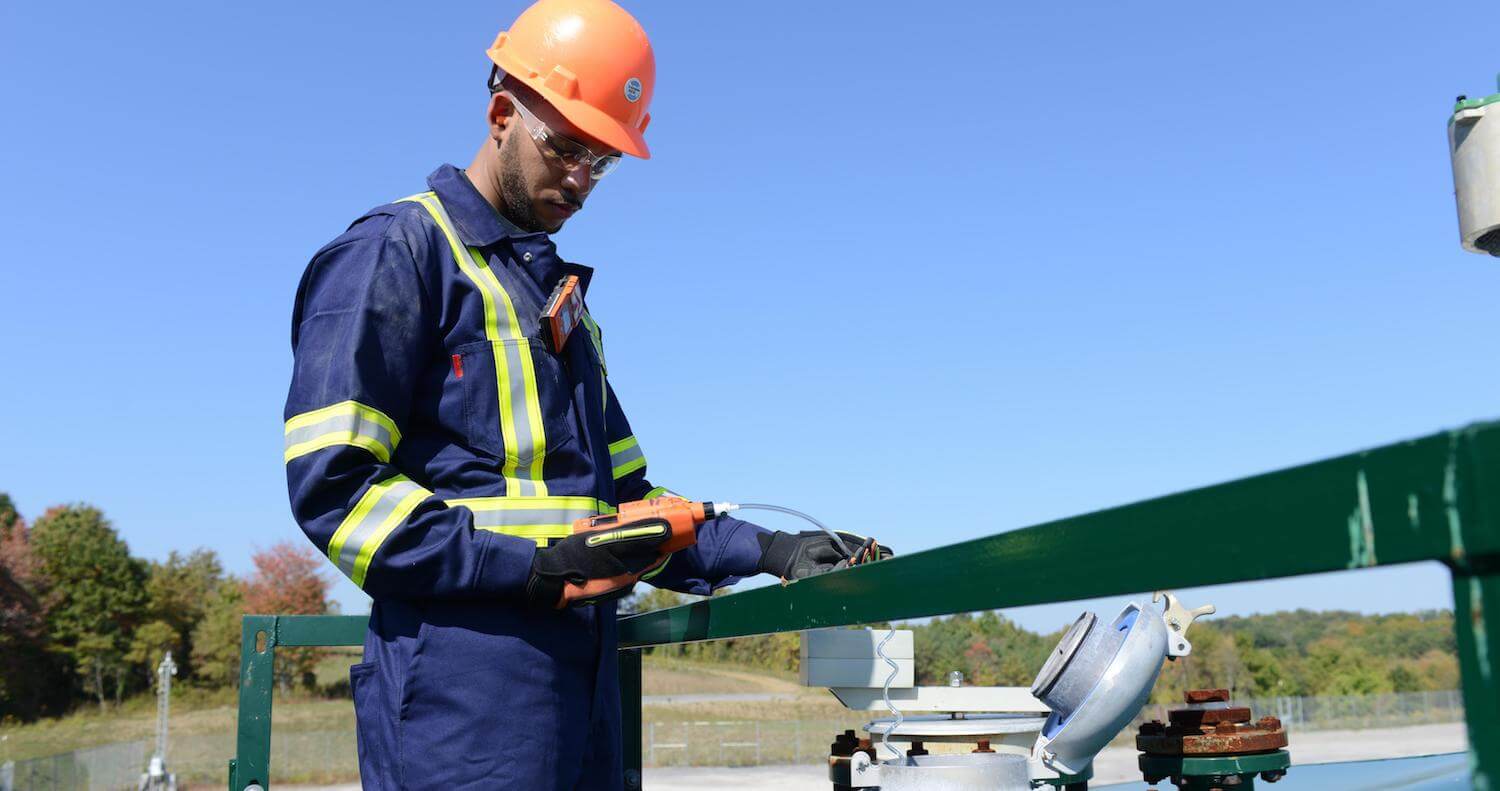Gas Detection Resources
Get helpful tools and learn how to make the most of your gas detection program.
-
White Paper
Calibration Station or Docking Station
Proper instrument maintenance is the foundation of a sound gas detection safety program. Personal gas detector manufacturers as well as regulatory agencies recommend and require that, at a minimum, the instruments go through a functional (bump) test and calibration check (or full calibration if necessary), before use.
Learn More -
White Paper
Confined Space Safety: Gas Detection Best Practices
Confined spaces can have many unseen hazards – potential threats may be lurking or you could face undetected gas hazards.
Learn More -
White Paper
Does Your Gas Detection Program Need a Health Check?
Every year, millions of workers suffer a serious job-related injury or illness, most of which are caused by at-risk acts
Learn More -
White Paper
DualSense Technology - Why Two Are Safer Than One
Calibrate at least monthly and bump test daily. These are the typical recommendations for maintaining gas detectors.
Learn More -
White Paper
Taking the Guesswork Out of Gas Detection
Simply clipping on a monitor doesn’t keep you safe. You need to understand the power and limitations of a gas detector, which requires some “driver’s ed.”
Learn More -
White Paper
Using IIoT to Improve Safety in Industrial Environments
The Industrial Internet of Things (IIoT) connects machines and devices in industrial environments such as oil and gas, transportation, and power generation to improve operational efficiencies, reduce downtime, and enhance worker safety among others.
Learn More -
White Paper
Why Bump Testing Saves Lives
This white paper breaks new ground with an analysis of data collected over a seven-year period. It goes beyond simply describing what the test is and what it does. A solid correlation exists between a gas detector’s likelihood of failure and how often it is bump tested.
Learn More -
White Paper
White Paper: Environmental Safety in Industrial Systems
Answer key environmental safety questions through insights gained over 30 years of research and development.
Learn More







